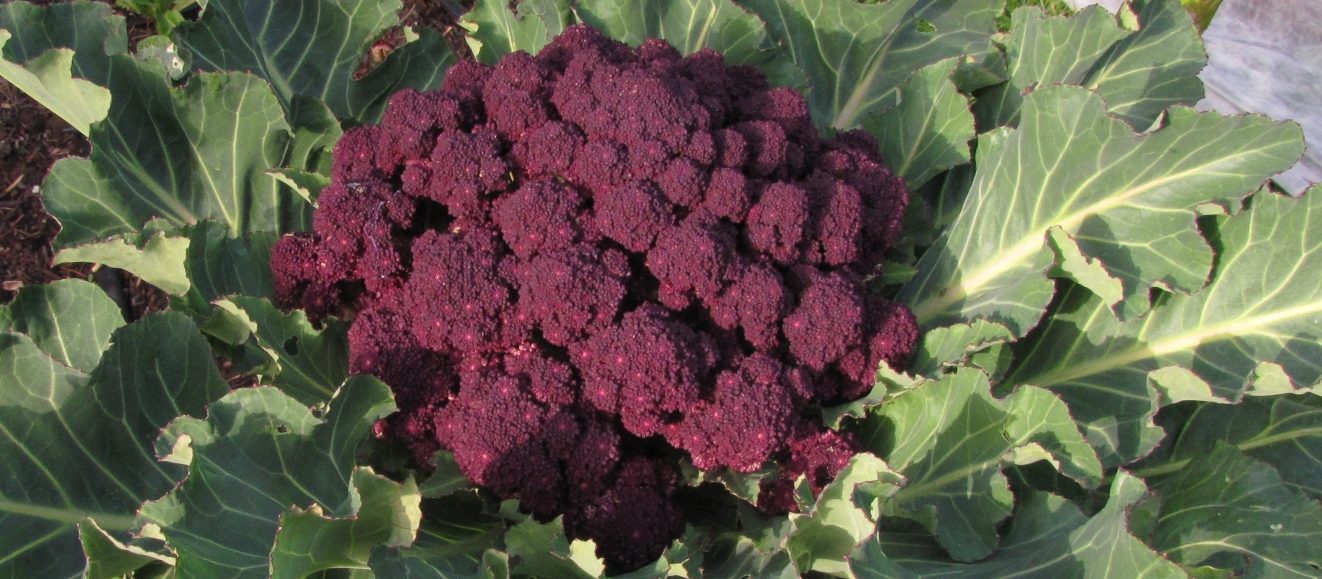Despite my patterned planting method to help identify the seedlings coming from seeds I plant, I still have trouble with confusing squash volunteers showing up in the hills. This year I clearly noticed the interlopers only after blossoms were starting to set fruit. However, I could have picked up the problems earlier if I had carefully tried to distinguished the C. pepo species from C. maxima. Often, the differences are subtle, but it is possible to reliably tell them apart before they start to fruit.
You can tell the two species apart using the characteristics of leaf shape, prickles, and the fruit stem. Pepo is pricklier and has more deeply indented leaves, and the leaf margins are more sharply toothed.


Both species are very diverse and have a wide range of leaf shapes. The pepos, particularly, can either be spiky like the Zucchini leaf or it can have much more rounded features. But compare to the much more rounded leaf of Buttercup below. To be complete, the other squash species, C. moschata, should be mentioned. This is the Butternut squash, and its leaves have a distinct velvety appearance, and are relatively easy to distinguish from the other squashes.




There is a difference in the leaf edges, but it’s subtle. Perhaps the most distinct characteristic is the difference in the stickers on the stems and on the underside of the leaves. Pepo has little prickers spaced apart, while maxima is covered more uniformly with stiff hairs. Click on the images for more detail.


One thing that I noticed, which may be a defining characteristic or just a particular random observation that applies only this year, is that for young plants, the pepos initially produce mostly male flowers before they produce female flowers, whereas the maxima are the other way around. Before I realized I had missed some volunteers, I hand pollinated some maxima female flowers with the only male flowers in the patch – growing on the pepo interloper. What alerted me to the issue was the tiny developing fruits on the pepo with their characteristic ribbed stem.


Next year I’ll be able to rogue out those interlopers a bit earlier.

Reblogged this on Lloyd's of Rochester – an Eclectic blog and commented:
Another one of my eclectic interests is winter squash and pumpkins (BTW, I am still hard at work on the squash guide!), so for those vegetable gardeners who want to be able to identify the difference between their plants while they are still young (“Did the seed seller send the right seeds?”) here are some clever tips based on leaves (and stems).
____________________________________________
thank you!
i’m having the same “problem” with identifying compost volunteers versus purposely planted delicatas.
this should help me out. going out to garden right now.
Why do you think there is such variety among leaf shapes of different types of squash? Do you think it is a combination of artificial and natural selective pressures?
Big questions… Could it be that there is little selective pressure to channel natural diversity in a particular direction? Squash are very promiscuous, easily cross pollinated and sharing genes with many varietals. Often one variety of zucchini will have very different leaf shapes than another. Without active selection for leaf shape by a squash breeder, or any particular natural advantage for one shape over another, there is little reason not to have great variety!